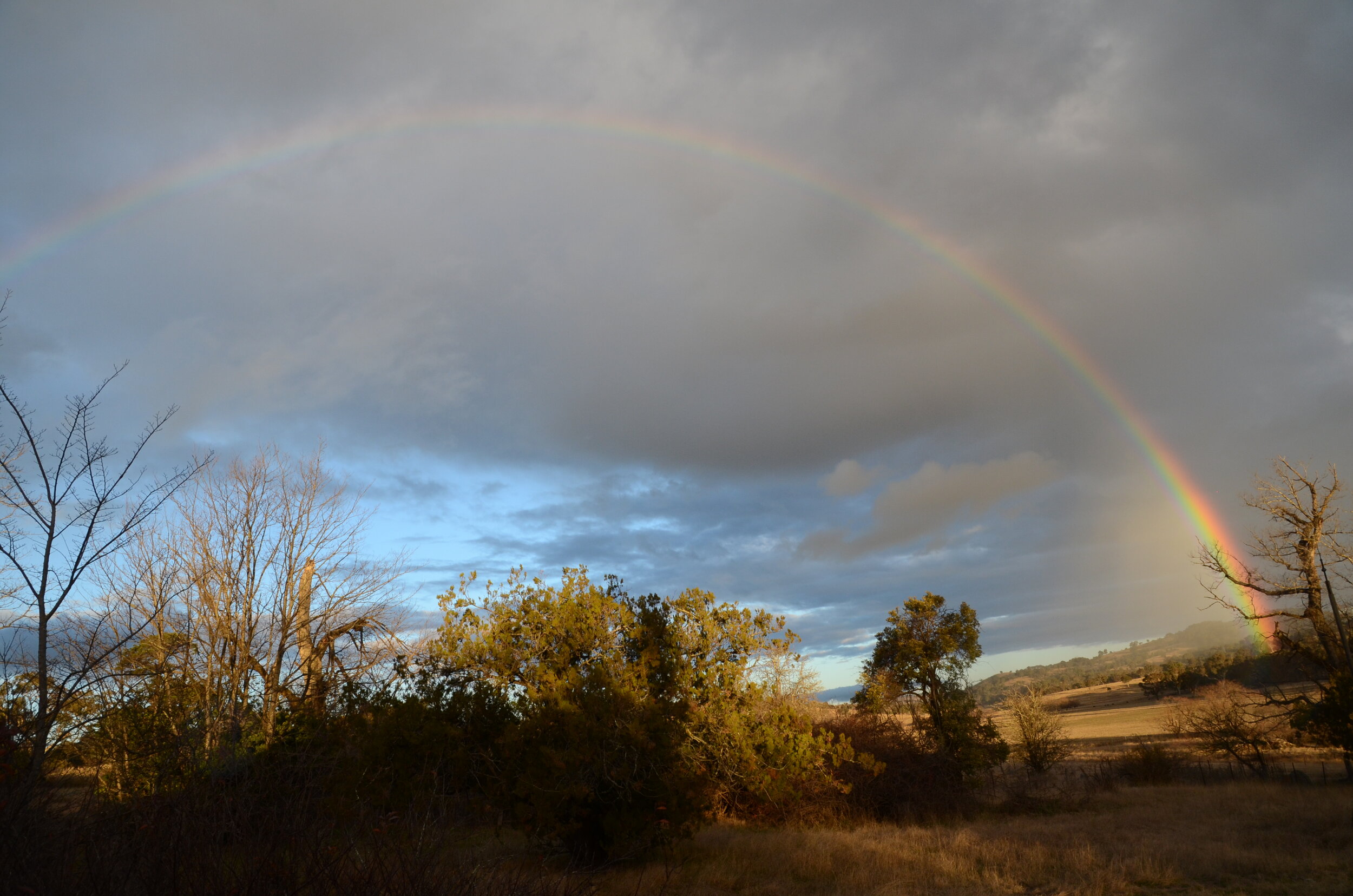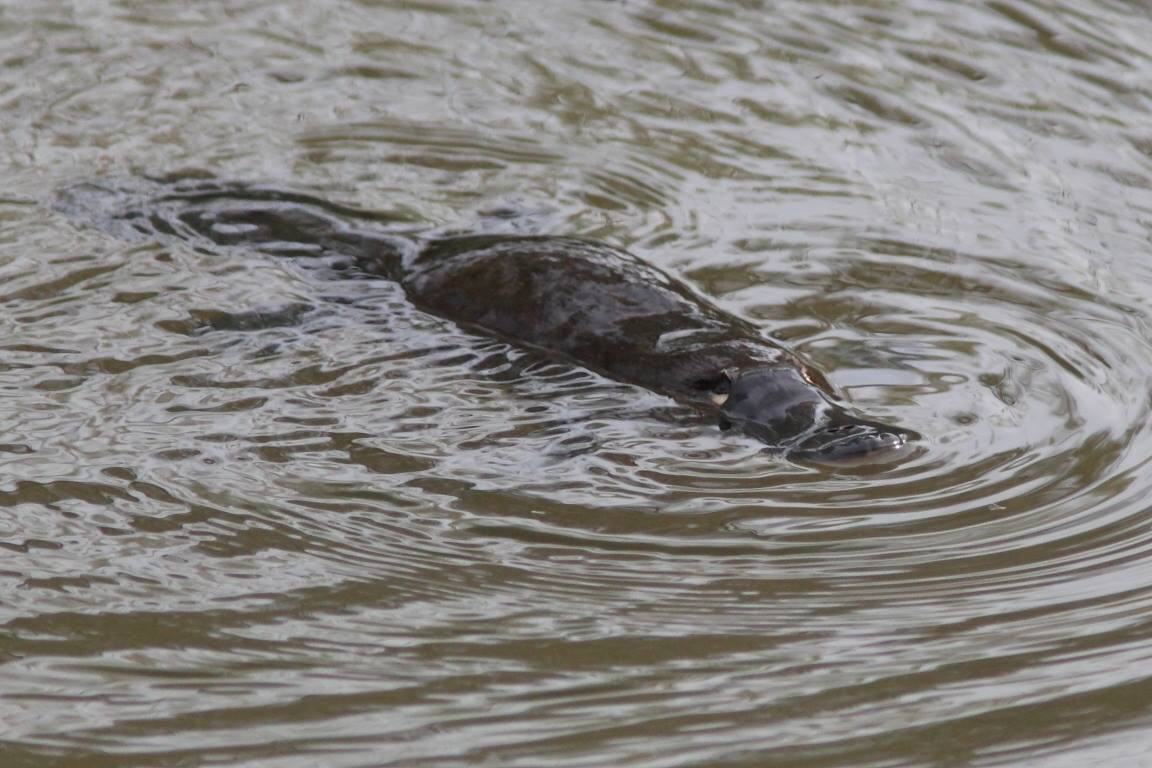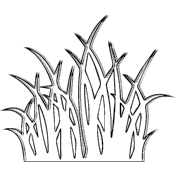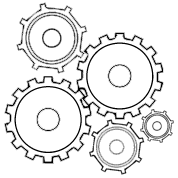
Land.
“We abuse land because we regard it as a commodity belonging to us.
When we see land as a community to which we belong
we may begin to use it with love and respect."
Aldo Leipold
Working with the Natural Processes
of the water, mineral, biological and community dynamic cycles.
✓ Landscape rehydration
✓ Focusing on soils
✓ Deep rooted perennial grasses
✓ Biodiversity of species
✓ Mob effect stocking density
✓ Stocking rates to carrying capacity
✓ Natural Sequence farming

Holistic
Regenerative
Management.
Pasture.
Healthy diverse deep rooted perennials are at the core of our management strategy. The driver of the whole system is green leaf area.
This enables photosynthesis to effectively control the sugar outputs from the plant which then feeds the microbes in the soil. We are what we eat and it is no different for animals. Bio diverse nutrient dense plants and grasses are critical to the animals well being.
Matching stocking rates to carrying capacity, we are in the business of growing grass, herbs and forbs. We are in a brittle environment with very low humidity so our grazing plans are based around the Growing Season and the Non Growing season.
Soil.
A living soil is the base and foundation of all it sustains.
Soil supports more life under the surface than what grows above it. Understanding and respecting the soil is fundamental to our farming approach.
I couldn't have put it more succinctly than Imogen has below.
Soil health is defined as properly functioning soil processes which drive the major ecosystem cycles (water, nutrient and carbon). These processes include water infiltration, nutrient mineralisation, building organic matter, microbial respiration, soil fauna diversity and indication of soil carbon inputs above and below ground. Landscape function is defined as the availability of the above ground resources which drive ecosystem processes and the regulation of the spatial movement of these resources (water, topsoil and organic material) in the landscape.'
Imogen Semler
Water.
Water and air are the life blood for all living organisms.
Water is a limited resource so we have to respect this and focus on our Rainfall Use Efficiency (RUE) within our system. Soft friable soils, no bare soil, ground cover and litter on the surface are starting points from which to improve efficiency.
Creating this carbon sponge beneath the surface is critical in becoming more resilient in our ever challenging seasons. We need to re-hydrate our landscape and eco systems and look at trying to hold as much as possible of the rainfall that graces our landscape.
Whether this is through 'chain of ponds' or ‘keyline’ principles or through grazing practices, we have to start looking at the tools available to achieve an improved RUE for our farms and build that organic matter in our soils to create that sponge. This will in turn improve productivity.
Environmental Stewardship.
This is were it all comes together for us. Our management and what we do on-farm focuses on tying these Eco System processes together.
It is the sum of the wholes which underpins the fundamentals of holistic principles - as explained by General The Right Hon J.C. Smuts in his writing 'Holism and Evolution' in 1926.
Like any good business we have a Mission Statement - Holistic Context, a Statement of Purpose and from this incorporating a quality of life; production and a resource base; we farm with an array of Tools to achieve that context. We plan, we monitor, we re-evaluate, we re-plan and so the feedback loop keeps us focused. Like all businesses we have financial planning, land planning and grazing planning.
The foundation of all this is to maintain these functioning ecosystem services namely Energy Flow; Mineral Cycle; Water Cycle; Community Dynamics.
Equally important is our dedication to working with other farmers in the region toward common goals, such as Michael Taylor at Taylors Run with whom we work in tandem on many environmental initiatives.
Bio Diversity.
To ‘Farm in Natures Image’ means to understand and appreciate that diversity in species is critical.
We all know that unhealthy systems which don't function properly generally are of a mono culture nature. This diversity is from botanical, biological to zoological through the trophic levels, creating a ‘Pyramid of Life’. It has to be healthy, it has to function and it also gives one a sense of place.
















